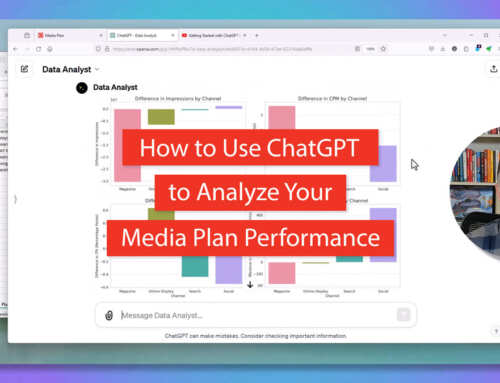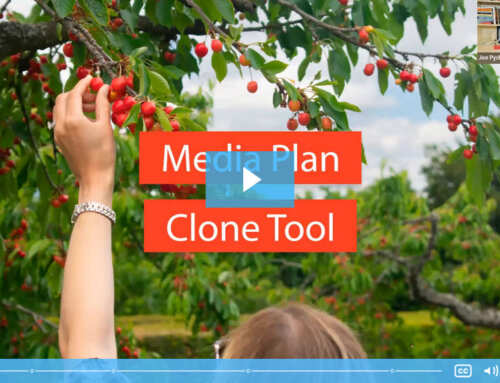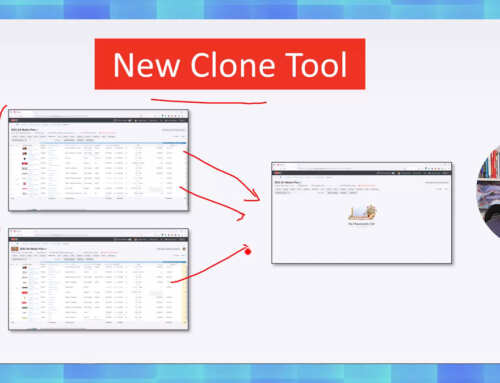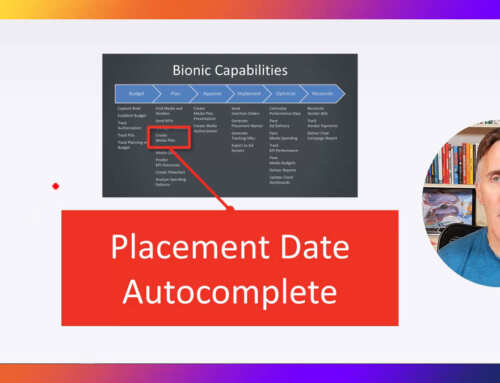Even though programmatic RTB has seen the lion’s share of venture capital funding and an enormous amount of innovation, RTB buying only accounts for 20%-30% of all digital media dollars. The real money still flows through the direct buying process, with agencies spending up to 400 hours and $50,000 to create the typical campaign, and publishers burning through 1,600 hours a month and 18% of their revenue responding to RFPs. What a mess….and an opportunity.
Everybody’s battling for a slice of that direct sales pie, and the game is all about helping buyers and sellers automate the manual processes that drive almost 80% of transactional value.
The Holy Grail for both sides is a web based, connected platform that will enable planners and sellers to thrust aside Excel, and start to transact business in the cloud. Although a number of companies have tried and failed to deliver on the promise of workflow automation, the time seems ripe for true adoption, as agencies are being challenged by their clients to create the same programmatic efficiencies across all media channels that they have embraced with RTB. As we speak, winners and losers are being selected, so let’s look at the landscape.
When you look at all of the companies providing a slice of the end-to-end workflow just in digital media execution, it’s hard to imagine that there can be “one system to rule them all” or a true “OS” for digital media. Yet, the dream is just that: An end-to-end comprehensive “stack” that handles media from research through to billing, and eliminates the many manual tasks and man hours involved in connecting the dots. But what are the realities? Let’s saddle up this unicorn and take a ride:
The End of the End-to-End Stack?
The notion of a single end-to-end “stack” for the digital marketer is a tough vision to execute upon. Build a system that has every little feature that a huge agency needs and you have effectively built something no one else can use. The flip side is building something so standardized that individual organizations find little value in it. The “operating systems” of the future that will win should enable agencies and marketers to leverage a standard operating system, but customize it with their own pricing, performance, and vendor data. This enables the efficiency of standardization while enabling data to provide the “secret sauce” that media shops need to justify their fees. More importantly, the modern operating system for media must be extensible, to allow for a wide variety of point solutions to integrate seamlessly. The right system will certainly eliminate a few logins, but must not limit the numbers of tools that can be accessed through it. That concept necessitates a highly modern, scalable, API-driven, web-based platform. It will be interesting to see how today’s legacy systems (which are exactly the opposite of what I have described) adapt.
Hegemon Your Bets
Several years ago, I wrote that the merger between Mediabank and Donovan may actually be a good thing—provided it offered more choice, flexibility, and open standards. Looking some three years later, I am not sure agencies have any more of that today. Like any other near monopoly, Mediaocean has a disincentive to open up its ecosystem because it invites competition. So time will tell whether their nascent “Connect” effort will become a way for agencies to quickly consolidate their “stack” around a flexible operating system—or if it’s just an integration tax for vendors (a revenue strategy quickly becoming known as the “Lumascrape”). After an IPO, the company will face enormous quarterly pressure for growth. It will be hard to raise prices on already stretched agencies, so publishers will be in the crosshairs. I smell “marketplace” and some monetization strategies around “programmatic direct” enablement for guaranteed media. And what about open standards? Despite years of work by the IAB, the standards and protocols for creating electronic ordering and invoicing are still very much in flux.
Connecting the Dots
More than anything else, the most exciting thing happening in digital media is seeing real programmatic connections between buyers and sellers for guaranteed media. After so much innovation in programmatic RTB (hundreds of vendors, billions in venture capital), we now have some amazing pipes that impressions can flow through. Unfortunately, this has largely been limited to lower classes of inventory and focused almost exclusively on the DR space. Creating the same programmatic efficiencies for “premium” brand-safe inventory is now starting to happen. Whether it comes from new “programmatic direct” pure play technologies, or happens through the RTB pipes, it will not happen successfully without transparency. That means giving publishers control over their inventory, pricing, and what demand partners can access their marketplaces. Will these connections thrive? Not if vendors charge network-like fees, arbitrage media, or don’t provide transparency. Will the endemic fraud in programmatic RTB push more transactions outside the RTB pipes? I think so, and a lot of publishers (see Yahoo/AOL/Microsoft deal) are betting that there are better ways for buyers to access their inventory.
Time for Real Time
Look at all the RTB players who want a piece of the guaranteed action. Three of them (Rubicon, Appnexus, and Pubmatic) will IPO soon, and be under tremendous pressure to increase revenue, margins, and continue to innovate and find new markets. When international expansion stops providing double-digit growth increases, then it’s time to look toward new streams of demand generation—namely, the 80% of deals not currently flowing through their pipes. Those pipes have been engineered for real-time bidding, but guaranteed deals are neither real-time nor bidded. Can they innovate fast enough to provide real value between buyers and sellers? Can they apply years of innovation in DSP and SSP tech to the more prosaic problem of workflow automation? Probably, but there are still business model issues to work out. Most of these companies have put a stake in the ground for either publishers or marketers, and a transactional platform must be agnostic to sit in the middle. It will be interesting to see how new offerings are received in the marketplace.
As the Chinese curse says, “may you live in interesting times.” Indeed, the past several years of ad tech has been nothing but interesting, but the real action is just starting—and it’s taking place in what was the most uninteresting field of workflow automation.





